
Study examines impacts of noise and chemical exposure on hearing health
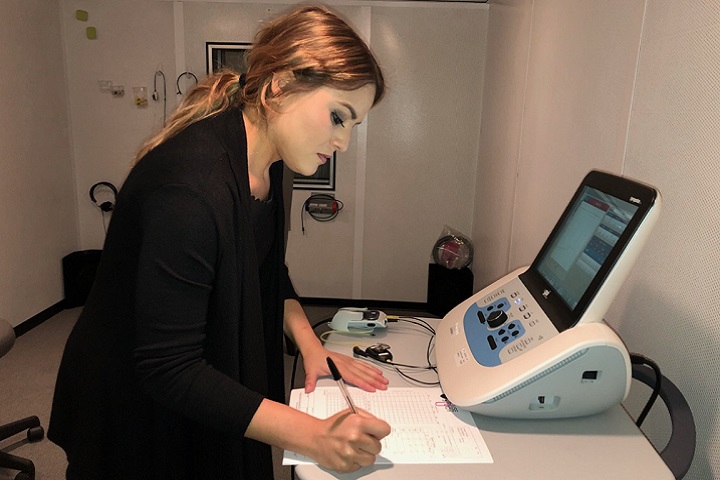
Research audiologist Dr. Rozela Melgoza, DoD Hearing Center of Excellence, completes a study participant's acoustic immittance test to evaluate their middle ear function. Immittance audiometry is one of several tests completed by participants during the Noise Outcomes in Servicemembers Epidemiology (NOISE) study's comprehensive audiologic evaluation. (DoD HCE photo)
Scientists are studying the possible long-term effects of exposure to high levels of noise and certain chemicals on the auditory functioning among active-duty Service members and Veterans.
Called the Noise Outcomes in Servicemembers Epidemiology, or NOISE study, one objective of the project is to clarify the correlation between hearing injury and exposure to non-pharmaceutical chemical agents used in military operations. These can include solvents like toluene, xylene, styrene, and hydrocarbon blends found in jet fuel, as well as metals and asphyxiants in welding fumes and vehicle exhaust.
According to the Occupational Safety and Health Administration, exposure to certain chemicals, called ototoxicants, can cause hearing loss or balance problems. The risk of hearing loss may be magnified when workers are exposed to these chemicals while working around elevated noise levels.
A first-of-its-kind in the Department of Defense, the NOISE study is a collaboration between the Department of Veterans Affairs (VA), National Center for Rehabilitative Auditory Research (NCRAR) in Portland, Oregon, and the DoD Hearing Center of Excellence (HCE) at Joint Base San Antonio, Texas. Researchers are collecting data on service members during their active duty time and into their post-military lives.
“The long-term intent is to collect data from subjects for 20-plus years to observe changes in their hearing and tinnitus and associate those changes with numerous different variables,” said Dr. James Henry, NOISE study principal investigator with the VA’s NCRAR.
In addition to undergoing comprehensive audiologic assessments for the study, participants fill out extensive questionnaires about their medical history and military exposures. Participants are also completing an analysis called the Lifetime Exposure to Noise and Solvents Questionnaire (LENS-Q), which documents their military occupational, non-military occupational, and recreational exposures to both noise and chemicals.
When analyzing the data, researchers will evaluate the prevalence of chemical exposures across demographic categories and examine the relationship, if any, between those exposures and injury risk. They will also identify factors related to any identified effects of chemical exposures on auditory injuries, including any possible significant differences between individuals with higher versus lower noise exposures, as determined by objective and subjective hearing and tinnitus problems.
Henry said researchers are in the early stages of looking at the data, and to date have enrolled more than 600 participants, including Veterans through NCRAR in Portland and active-duty service members in the San Antonio area. He added that the team will soon provide a full analysis of the data collected so far from the participants.
Additional research into the long-term effects of noise and chemical exposure is anticipated, with the plan to conduct hearing tests to measure future audiometric outcomes in the NOISE study participants.
“A study of this magnitude will give us more definitive information about the hearing health of our service members, which can then be used to develop future hearing loss prevention programs, hearing protection devices and other protective equipment to safeguard service members,” said Dr. Carlos Esquivel, NOISE study principal investigator for the HCE.
New course aims to reduce military hearing loss
Article
9/7/2018
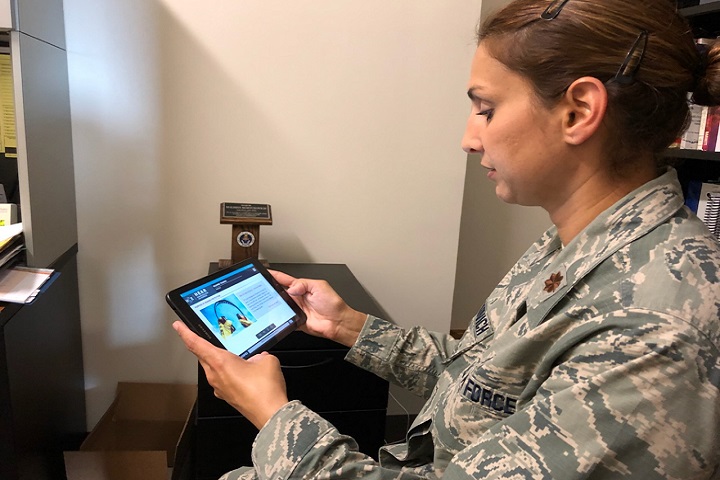
Tinnitus and hearing loss have remained among the top disabilities of veterans
Battlespace acoustics branch protects hearing, human performance
Article
8/17/2018
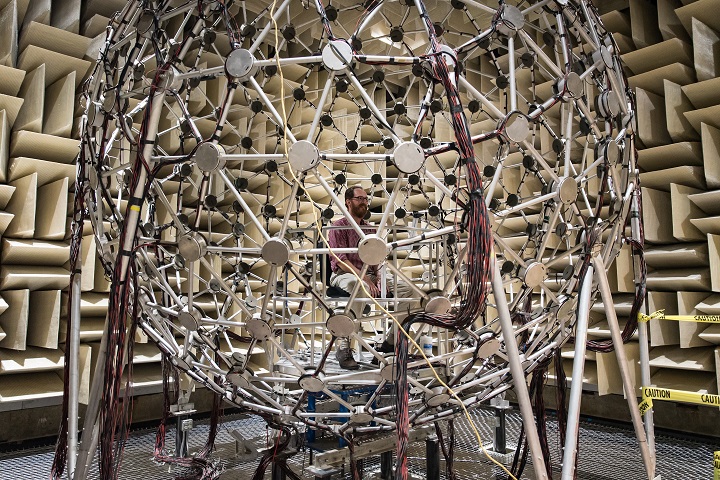
We look at how noise is being generated, how it propagates, and what that means for Airmen in the field
Air Force NCO resumes career after tumor, hearing loss
Article
5/16/2018
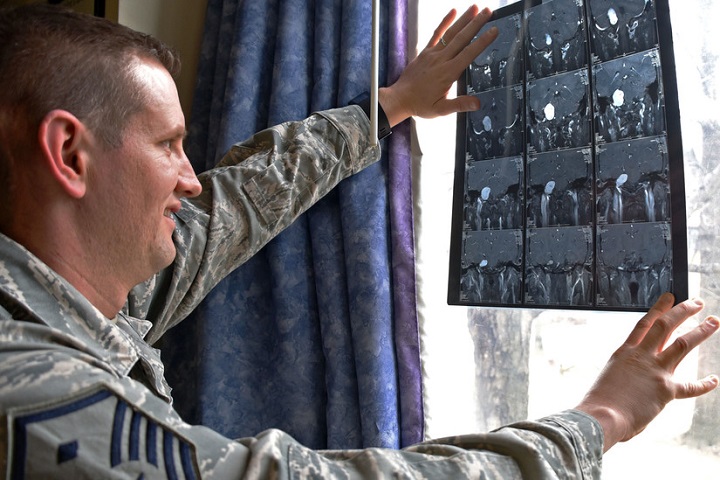
He had the constant feeling of water in his ear – he knew something was wrong
Dedicated audiologists use clever tools to combat hearing loss
Article
5/11/2018
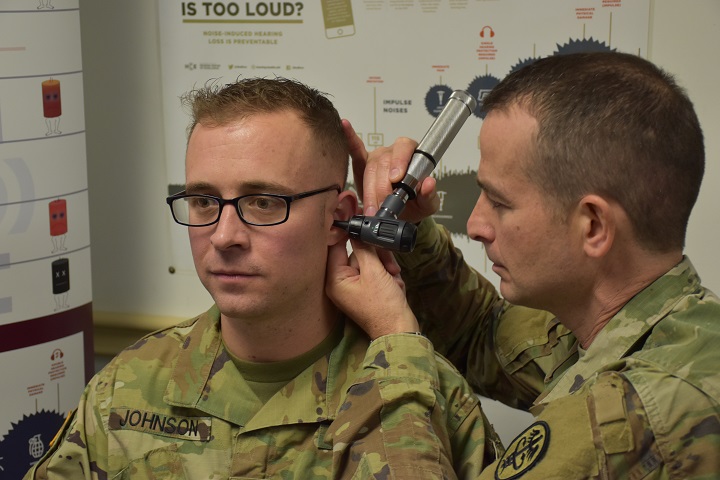
Hearing loss and tinnitus have steadily increased over the last two decades among Veterans
Research network works to combat number one disability claim among veterans
Article
5/4/2018

Noise brings the potential of hearing loss if proper personal protective hearing equipment is not available or utilized
Traumatic Brain Injury and the Art of Paddling
Article
3/7/2018

A U.S. Army veteran’s recipe for embracing life after several TBIs
With success comes ‘great momentum’ in hearing center’s future
Article
7/13/2017
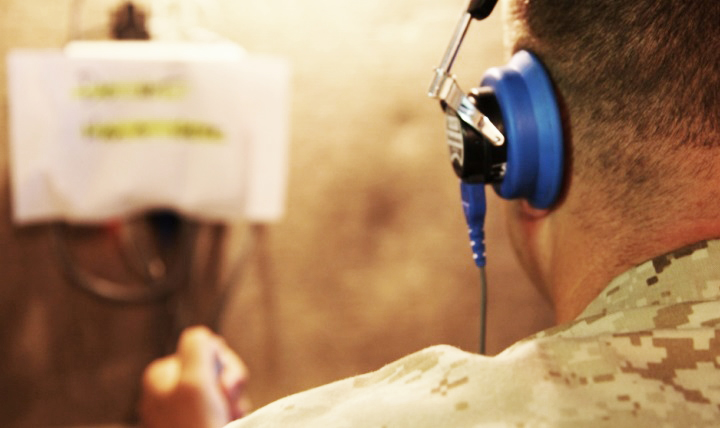
DoD’s Hearing Center of Excellence works closely with other departments and organizations, including VA and NIH, to facilitate research focused on prevention, diagnosis, mitigation, treatment, and rehabilitation of hearing issues
May is better speech and hearing month
Article
5/10/2017
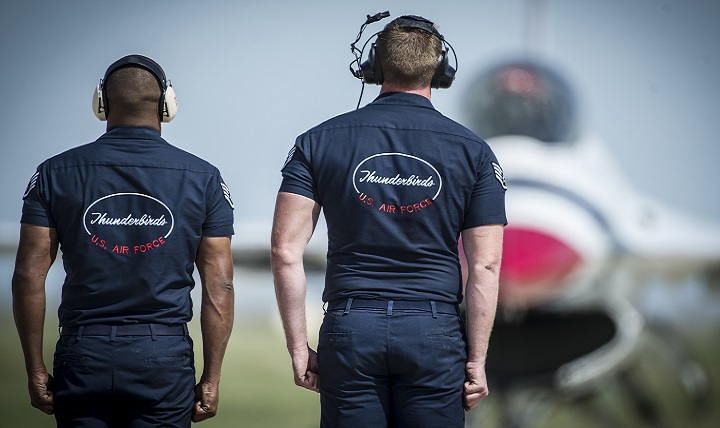
The Veterans Benefits Administration reports that tinnitus and hearing loss are the top two service-connected disabilities for U.S. military veterans
DHA to welcome Hearing Center of Excellence to agency
Article
12/5/2016
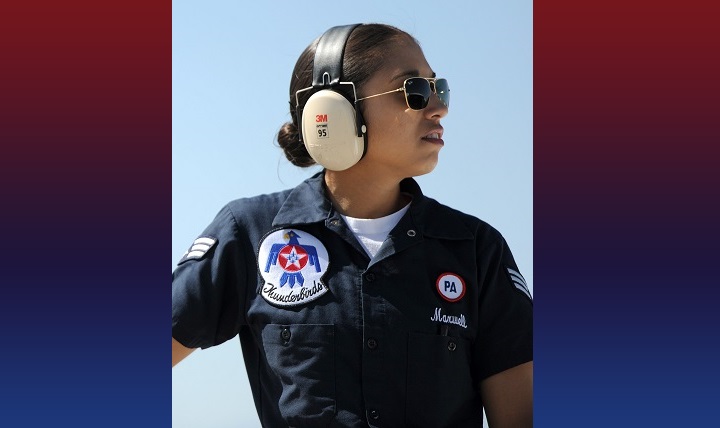
The center comes under formal control of the Defense Health Agency Dec. 11, 2016
Hearing loss and brain injuries
Article
9/30/2016

Becoming aware of how your surroundings can affect your hearing is a key factor in managing hearing problems associated with TBI
Exiting an A-10C Thunderbolt
Photo
9/30/2016

U.S. Air Force Senior Airman Judith Bulkley, an electrical and environmental systems specialist deployed from the 23rd Aircraft Maintenance Squadron, Moody Air Force Base, Ga., exits an A-10C Thunderbolt II after performing an external power operations check on the aircraft at Kandahar Airfield, Afghanistan. Because service members in particular are ...
Cochlear implant opens up the world for Army colonel
Article
9/22/2016

In the past 12 years, Army Lt. Col. James Morrison has seen ear, head and neck, and neurology specialists at the six posts where he was stationed
Lt. Col. James Morrison getting adjustments to cochlear implant
Photo
9/22/2016

Dr. Elizabeth Searing (right) makes initial adjustments via a computer to Lt. Col. James Morrison's cochlear implant. Dr. April Luxner, an audiologist with Cochlear Corporation, was on hand to witness Morrison's reactions to hearing with his right ear after 12 years of deafness. (U.S. Army photo by Jeff Troth)
Army Hearing Program
Policy
Department of the Army Pamphlet 40-501
- Identification #: N/A
- Date: 1/8/2015
- Type: Instructions
- Topics: Reserve Health Readiness Program | Hearing Loss
Defense Occupational and Environmental Health Readiness System – Hearing Conservation (DOEHRS-HC)
Fact Sheet
10/1/2013
The Defense Occupational and Environmental Health Readiness System – Hearing Conservation (DOEHRS-HC) is an information system designed to support personal auditory readiness and help prevent hearing loss through early detection.






















.png)











No hay comentarios:
Publicar un comentario